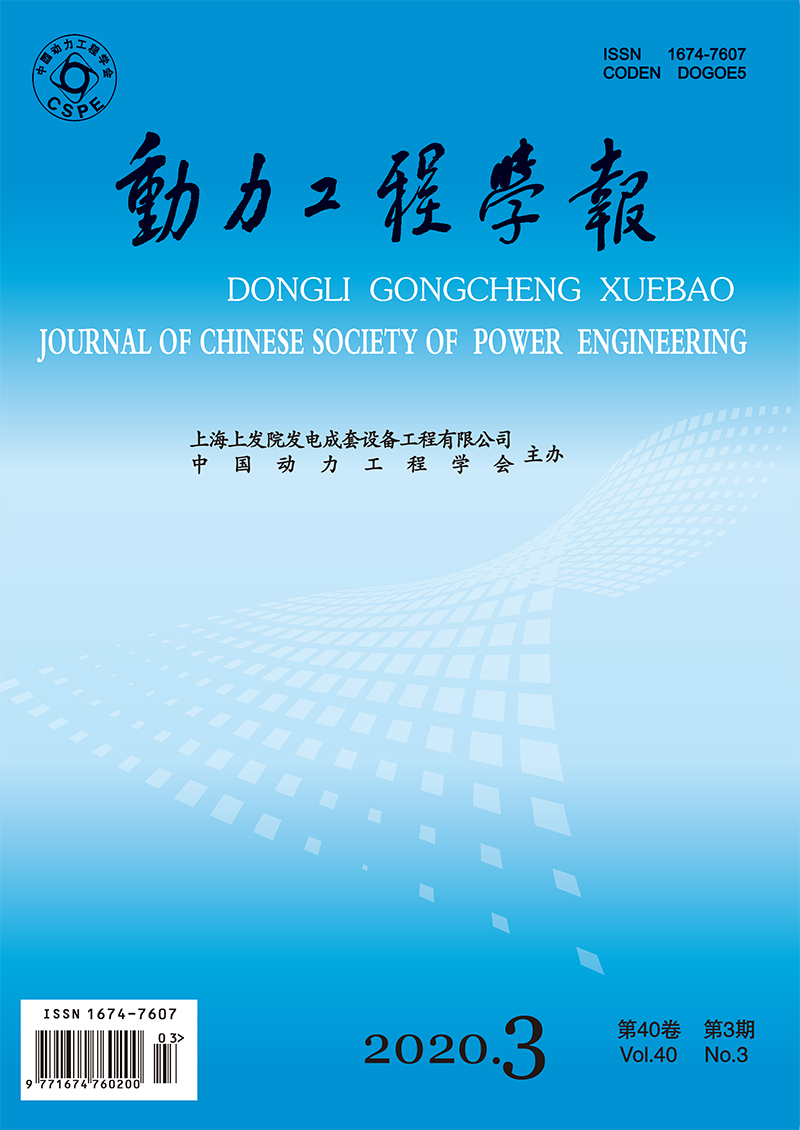System Engineering
YANG Jianguo, XU Minglu, CHEN Yonghui, ZHAO Min, WANG Chenhui, KANG Kewei, PENG Yueyu, ZHAO Hong
To recover the water in flue gas of coal-fired power plants, and to investigate the condensation and recovery characteristics of vapor in the low-temperature wet flue gas, a flue gas condensation and recovery test platform was constructed for the WFGD exit of a coal-fired unit. Based on theoretical calculations, an analysis was conducted on several key factors, such as the flue gas state in the desulfurization system and the condensation process of the saturated flue gas. Moreover, field tests were carried out to study the effects of relative cooling water flow on the heat transfer characteristics, to analyze the influence of flue gas temperature drop on the recovery of condensate water, and to investigate the water collection performance of the flue gas condenser. Results show that the decline in flue gas temperature has a linearly correlation with the flue gas water recovery rate and condensate water recovery rate. For a temperature decrease of 10 K in the test system, the flue gas water recovery rate is about 35%, and the condensation water recovery rate gets close to 80%; the total heat transfer coefficient of the cooling water remains stable as the relative flow rate reaches 3. In the meantime, the heat transfer coefficient of flue gas is about 9 times that in pure convective condition; the condensate recovery rate of flue gas condenser could achieve 56%, which means that the remaining 44% of the condensation droplets need to be recovered by the separator.
